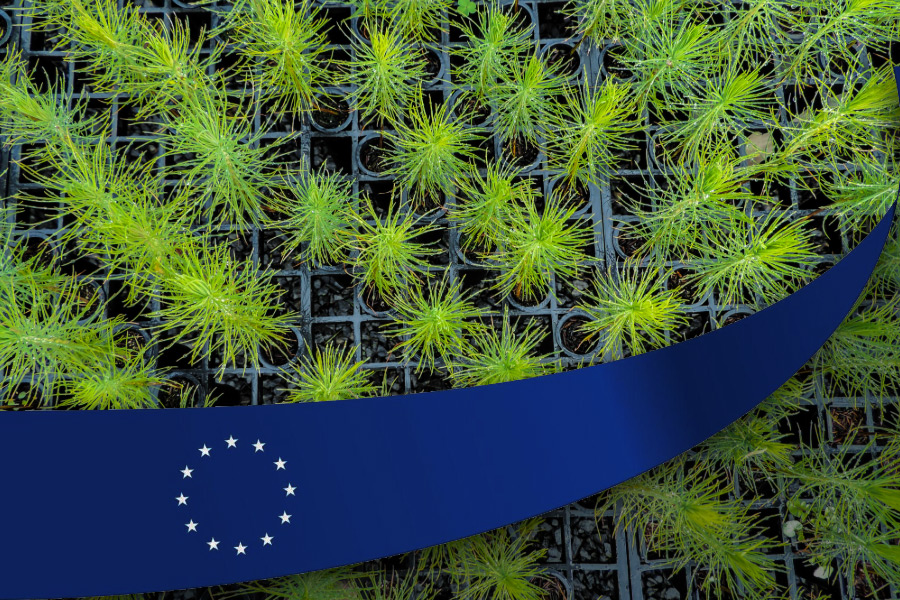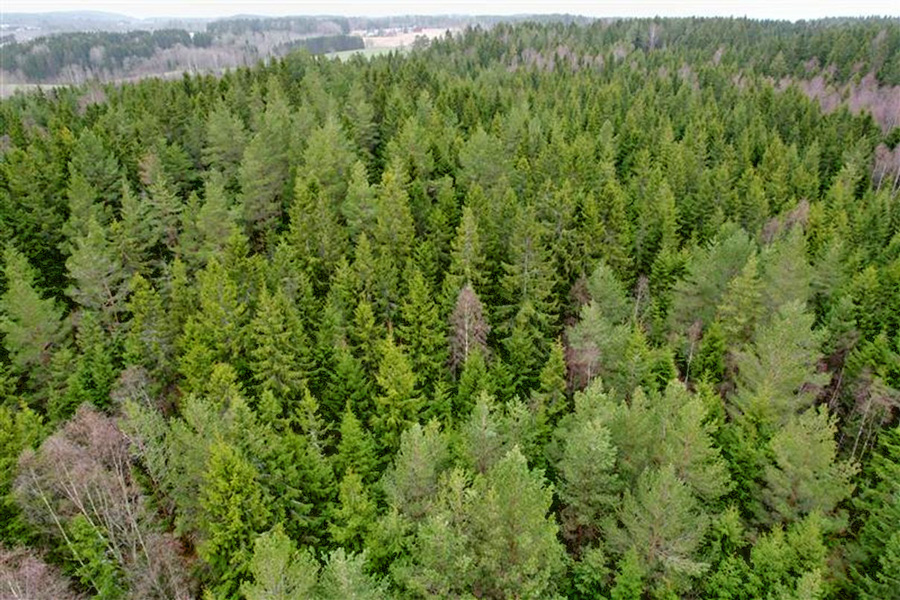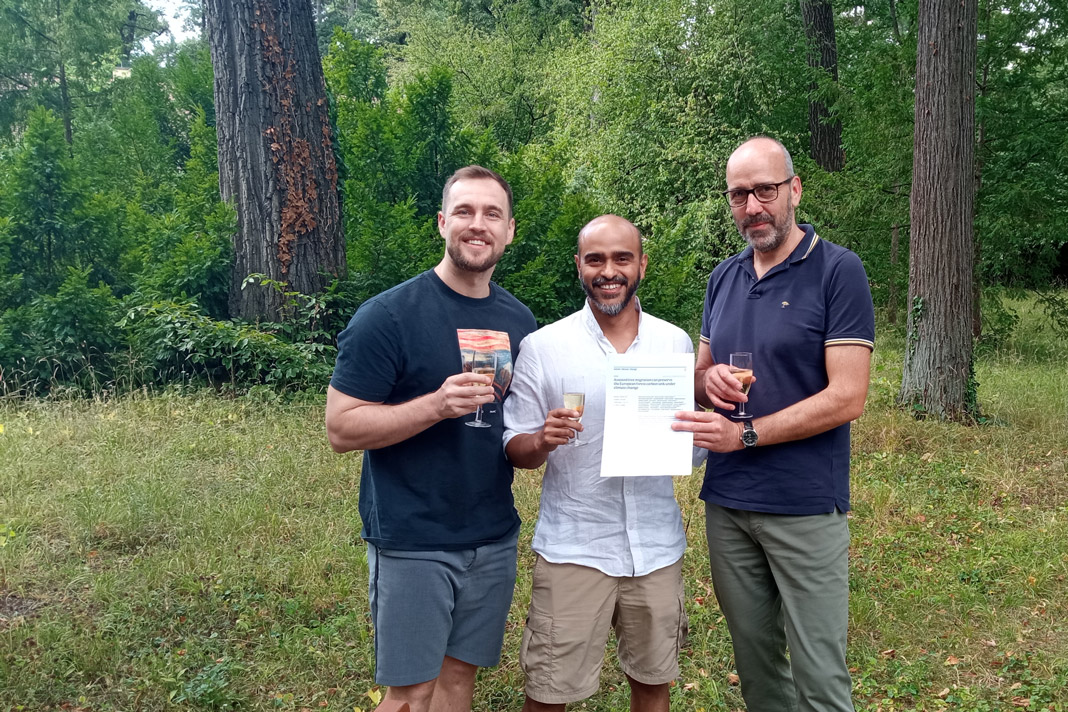Detecting genetic decline: EUFORGEN–OptFORESTS webinar videos now online!
The EUFORGEN–OptFORESTS webinar series in November explored how scientists detect genetic decline in forests and apply this knowledge to strengthen management, breeding and conservation across Europe.
How can scientists tell when the genetic diversity of a forest is declining, and what measures can be taken to prevent it? These were the questions explored in a two-part EUFORGEN–OptFORESTS webinar on 6–7 November 2025, which brought together more than 70 participants each day from across Europe.
Organised by EUFORGEN and the Horizon Europe project OptFORESTS, the event connected scientists, practitioners and policymakers to discuss how to detect genetic decline and use this knowledge to guide forest management.
From theory to thresholds
The first session analysed how genetic decline can be identified in natural populations, combining theoretical perspectives with practical examples. Alicia Mastretta-Yanes from the Royal Botanic Gardens, Kew presented ongoing work to develop genetic indicators for biodiversity monitoring. She explained that although these indicators are still being refined, they already help shape conservation policies and management strategies.
Geir Bolstad from the Norwegian Institute for Nature Research (NINA) described how monitoring genetic introgression in wild Atlantic salmon provides a model for tracking changes in genetic integrity. Ophélie Ronce from the Institute of Evolutionary Science of Montpellier then discussed the concept of assisted gene flow, warning that poorly timed or excessive interventions can undermine local adaptation.
During the closing discussion, chaired by François Lefèvre (INRAE and OptFORESTS project), participants agreed that defining when to intervene depends on both science and societal values. Understanding how genetic variation supports ecological resilience remains a key research priority.
From research to practice
The second session focused on forest management and breeding. Marjana Westergren, from the Slovenian Forestry Institute and a member of the OptFORESTS project, presented studies on European beech, maritime pine and narrow-leaved ash. Her research showed that while natural selection acts on key traits such as growth and drought tolerance, evolutionary change in trees tends to occur gradually. Maintaining broad genetic variation, she said, is essential for long-term adaptation.
Arne Steffenrem from the Norwegian Institute of Bioeconomy Research and the Norwegian Seed Centre outlined Norway’s approach to climate-smart tree breeding, using large breeding populations, genomic tools and carefully planned seed orchards to increase productivity while preserving diversity.
Jan-Peter George, researcher at the Natural Resources Institute Finland (LUKE), concluded with examples of ex situ conservation, describing how living collections and cryo-storage facilities can work together to secure forest genetic resources. He highlighted that dynamic and static conservation methods should be seen as complementary parts of a single system.
The session ended with a reflection led by Erik Dahl Kjær (University of Copenhage and OptFORESTS project), who stressed the fact that detecting genetic decline requires both sound science and practical collaboration between researchers, managers and policymakers.
A shared commitment
Across both days, experts agreed that forests are evolving systems whose resilience depends on the diversity of their genes. Detecting genetic decline early and maintaining that diversity are fundamental to ensuring that Europe’s forests can adapt to a changing climate.
Missed a session? Watch all EUFORGEN webinars here!
More info about the webinar series programme







